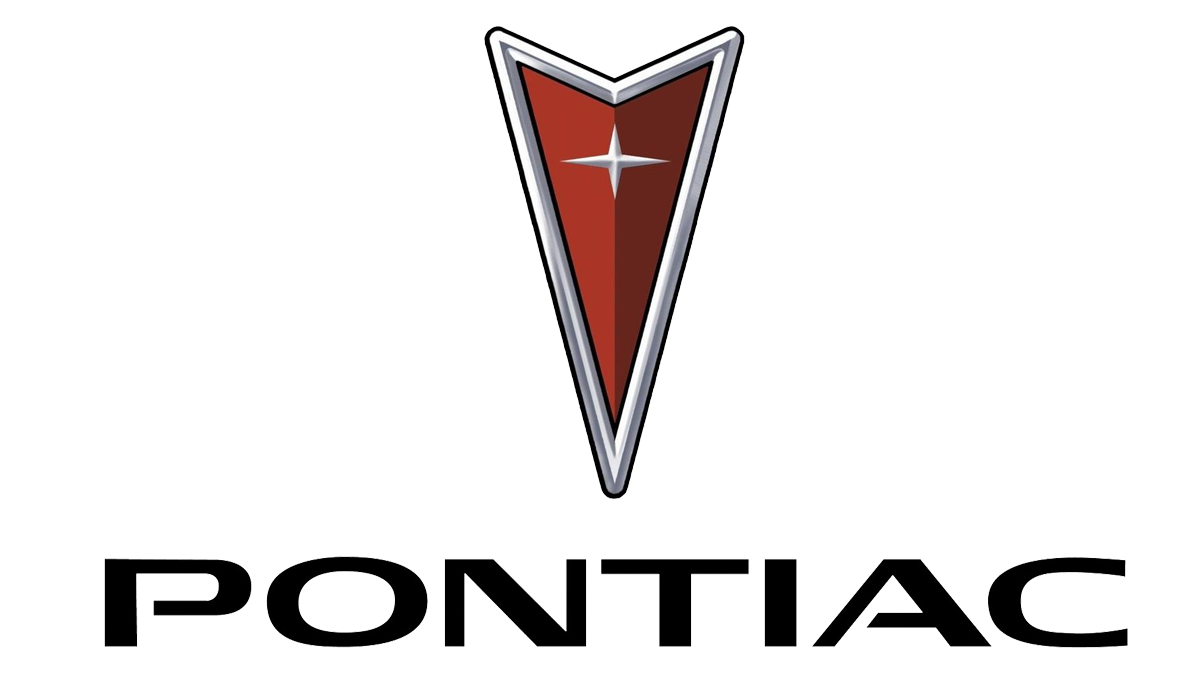1992 Pontiac Lemans
tire size detail
LE, SE, Value Leader
P175/70R13
(click for a tire code explanation)
P | Intended Use Of TirePassenger Vehicle. When a tire size begins with a P, it signifies the tire is a p-metric size that was designed to be fitted on vehicles that are primarily used as passenger vehicles. This includes cars, minivans, sport utility vehicles and light duty pickup trucks (typically 1/4- and 1/2-ton load capacity). The use of p-metric sizes began in the late 1970s and they are the most frequently used type of tire size today. |
175 millimeters wide | Tire WidthFollowing the letter(s) that identify the type of vehicle and/or type of service for which the tire was designed, the three-digit numeric portion identifies the tire's section width/cross section in millimeters. The 175 indicates that this tire is 175 millimeters across from the widest point when mounted and measured on a specified width wheel. Because many people think of measurements in inches, the 175mm can be converted to inches by dividing the width in millimeters by 25.4 (the number of millimeters per inch). 175mm / 25.4 = 6.89" |
70% | Aspect RatioThe ratio of the height of the tire's cross-section to it's width. 70 means that the height is equal to 70% of the tire's width. Typically, following the three digits identifying the tire's width in millimeters is a two-digit number that identifies the tire's profile or aspect ratio. The 70 indicates that this tire size's sidewall height (from rim to tread) is 50% of its width. The measurement is the tire's section height, and also referred to as the tire's series, profile or aspect ratio. The higher the number, the taller the sidewall. The lower the number, the lower the sidewall. We know that this tire size's section width is 175mm and that its section height is 50% of 175mm. By converting the 175mm to inches (175 / 25.4 = 6.89") and multiplying it by 50% (.50) we confirm that this tire size results in a tire section height of 3.44". |
R | Construction MethodRadial. The R in the P175/70R13 size identifies that the tire has a radial construction in which the tire's plies "radiate" out from the center of the wheel. Radial tires are by far the most popular type of tire today representing over 98% of all tires sold. If the R in the size was replaced with a D (P175/70R13), it would identify that the internal tire body plies crisscross on a diagonal and that the tire has a "bias ply" construction. Tires using this construction are for light truck and spare tire applications. |
13" wheel | Rim SizeThe 13 indicates the tire and wheel diameter designed to be matched together. Tires that have a rim diameter expressed in inches (P175/70R13, as well as 8, 10, 12, 13, 14,15, 17, 18, 19, 20, 22, 23, 24, 26 and 28) are called "inch rim" sizes. These are the most common types of tire sizes and are used on most cars, minivans, vans, sport utility vehicles and light duty light trucks. Tires and wheels with unique rim diameters should never be combined with traditional "inch rim" tires and wheels. |
Load Index/Service DescriptionNaNlb load. The tire assigned numerical value used to compare relative load carrying capabilities. The represents the tire's service description. A service description identifies the tire's load index and speed rating. Service descriptions are required on all speed rated (except for Z-speed rated) tires manufactured since the early 1990s. | |
Speed Ratingmph. The maximum speed that the tire can sustain for 10 minutes. Today, the only tires that continue to include the speed rating "in" the tire size (P175/70R13) are Z-speed rated tires. In this case, following the two digits used to identify the aspect ratio are the letters ZR to identify the tire's speed rating (Z) and its internal construction (R). Since 1991, all other speed ratings are identified in the tire's Service Description. |

Pontiac was a car brand that was owned, made, and sold by General Motors. Introduced as a companion make for GM's more expensive line of Oakland automobiles,[1] Pontiac overtook Oakland in popularity and supplanted its parent brand entirely by 1933.
Sold in the United States, Canada and Mexico by GM, Pontiac was advertised as the performance division of General Motors from the 1960s onward.[2]
Amid late 2000s financial problems and restructuring efforts, GM announced in 2008 it would follow the same path with Pontiac as it had with Oldsmobile in 2004 and discontinue manufacturing and marketing vehicles under that brand by the end of 2010. The last Pontiac badged cars were built in December 2009, with one final vehicle in January, 2010. Franchise agreements for Pontiac dealers expired October 31, 2010,[3] leaving GM to focus on its four remaining North American brands: Chevrolet, Buick, Cadillac, and GMC.